As noted in the past, I stopped hoping for any serious effort to end the slaughter created by guns not long after Friday, Dec. 14, 2012, the day 20-year-old Adam Lanza, entered Sandy Hook Elementary School in Newtown, CN., and proceeded to mow down 26 of his fellow human beings, including 20 children – 20, mind you — between the ages of six and seven.
It became obvious soon thereafter that the gun culture that has guided this country down the garden path was more than willing to sacrifice the lives of 20 near-babies at the altar of the right to own a Bushmaster, a Glock or any one of a number of weapons specifically manufactured as killing machines just so the adherents of said gun culture could enjoy firing off a few rounds at a stop sign or some other inanimate object.
Sure enough, the Sandy Hook tragedy quickly vanished from public consciousness with nothing really done to address the future carnage that was just as sure to occur as god made little green apples. So, with the 20 Newtown near-babies in their final resting place, America went on to swallow additional mass shootings resulting in nary a squawk – the Orlando nightclub, the Las Vegas country music concert and the Sutherland Springs church among others. Following tradition, the public officials pledged to protect the safety of the nation’s inhabitants did nothing.
All this blood, all this violence, all this grief naturally led some citizens, this writer included, to question the greatness and durability of a nation that would allow this butchery to continue unimpeded. Adherents of the gun culture pointed at the Second Amendment as if it were a key part of the Sermon on the Mount tucked neatly in the Beatitudes, the voice of Jesus himself, not to be doubted, not to be challenged. The money and political influence of the National Rifle Association and similarly notioned organizations took care of the rest.
Questioning the wisdom of the gun culture has always been a particularly hard sell in Kentucky. It was the Kentucky long rifle that helped settle the vast frontier beyond the Appalachians and remained in common use well into the 20th Century. To this day, according to a survey conducted by WalletHub.com, the Bluegrass is first in the nation in the prevalence of guns, taking into account factors like ownership, per capita sales, gun ads and Google searches for guns.
Kentucky’s embrace of guns is understandable to a certain degree. The commonwealth remains sufficiently rural that, in many cases, the nearest law enforcement authority could be miles away from a residence in need and navigating around hills, mountains and valleys can eat up urgent time. There’s deer hunting, always a fear of rabid animals and lord knows what other sort of varmint might show up.
The gun culture has led many firearms owners to believe that the federal government is maneuvering to take their rifles and pistols away, that instituting reasonable and deeply needed laws and regulations will somehow ultimately lead to abolition, something no one is seeking. Even if it were desirable, and it’s not, confiscation would prove near impossible, like trying to collect all the privately held bourbon bottles during Prohibition.
Still, that attitude has made it nearly impossible to enact any laws or regulations to address the slaughter. Even when efforts beat the odds, like the ban on semi-automatic weapons during the administration of President Bill Clinton, they are allowed to lapse or are subsequently countermanded despite evidence of their effectiveness. That semi-automatic weapons ban, dating back to 1994, was the last time Congress even addressed gun control and it expired 10 years later.
Which brings us to Feb. 14 when yet another suspected gunman, one Nikolas Cruz, entered the Marjory Stoneman Douglas High School in Parkland, FL, with an AR-15 style semi-automatic rifle and began spraying the joint, killing 17 individuals, mostly students, and wounding 17 others in one of the deadliest school massacres in the nation’s history.
And, suddenly, millions of people reacted to the massacre with one word: Enough.
Survivors of the incident set the wheels in motion, reacting with outrage over the fact that authorities, the alleged grown-ups, had done practically nothing to reduce the possibility of schools and other facilities being turned into target practice ranges. Their influence spread and a few weeks later millions took to the streets demanding action.
And there’s been movement, modest movement but movement nonetheless. President Trump has ordered the Justice Department to formulate a ban on bump stocks, mechanisms that essentially convert semi-automatic rifles into automatic weapons capable of firing off multiple rounds on a single trigger squeeze. It was the use of bump stocks that allowed Stephen Paddock to kill 58 people from his Las Vegas hotel room in February.
New Jersey and other states are looking to institute their own bump stock bans and taking additional action.
So the question logically becomes: Where does this all lead? Has the nation turned a corner when it comes to dealing with gun violence?
In the short term, sadly, probably not. The NRA still fills a role in this debate and it’s not going to ease its grasp on the private parts of the lawmakers it controls any time soon. The congressional counter attack is coming with the Wonder Boy, Rep. Thomas Massie, R-SomewhereorotherLewisCounty, leading his Second Amendment Caucus against any perceived infringement on gun rights.
The NRA and other representatives of the gun culture have proved merciless in describing leaders of the Parkland movement. The scorched earthers in the guns movement have displayed little reticence in attacking Parkland teenagers for rallying support for their cause. Their answer to the stated problem that there are too many guns in circulation is to demand more guns – arming teachers as a way to fend off attacks from well-armed and hostile interlopers, an idea that carries its own potentially tragic consequences.
Despite this uncommon movement toward sanity it remains unlikely that Congress will approve many of the initiatives that need to be taken – universal background checks, a ban on high-capacity magazines, a ban on bump stocks and revisiting the Clinton-era semi-automatic weapons ban. These and other initiatives won’t stop all the killings that plague our society. Nothing will. But it’s certainly a step toward reducing the carnage.
And ultimately the only way that scenario can change is at the ballot box. If the Parkland movement has legs and the message is delivered in November and a sufficient number of anti-gun control lawmakers can be ousted, the effort could move forward and perhaps the cynicism created by the death of 20 six and seven-year-old children a little more than seven years ago can be brushed aside.
The NKyTribune’s Washington columnist Bill Straub served 11 years as the Frankfort Bureau chief for The Kentucky Post. He also is the former White House/political correspondent for Scripps Howard News Service. A member of the Kentucky Journalism Hall of Fame, he currently resides in Silver Spring, Maryland, and writes frequently about the federal government and politics. Email him at williamgstraub@gmail.com.












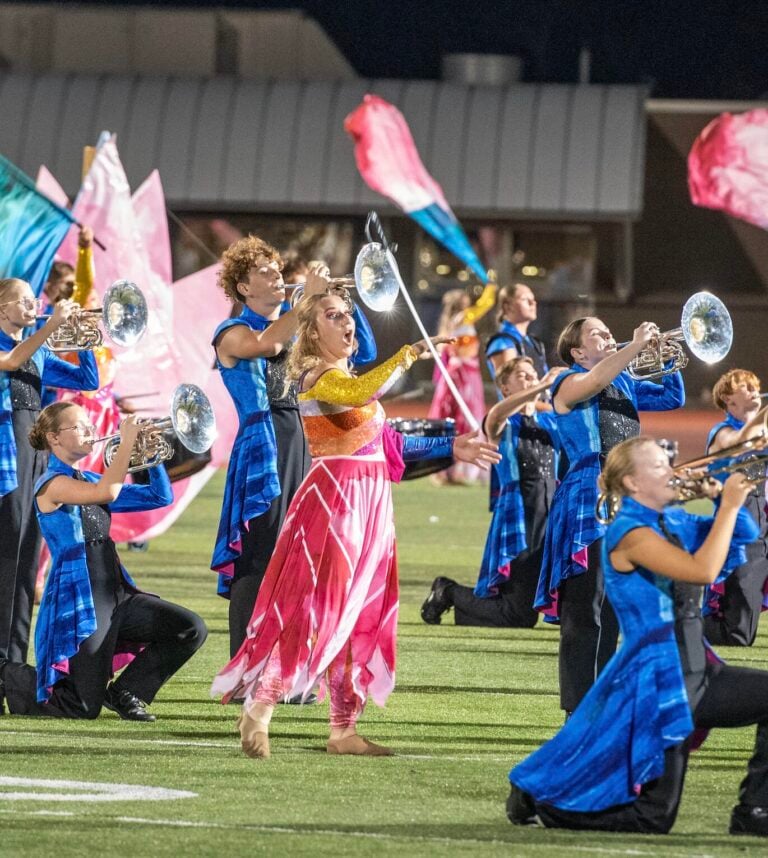

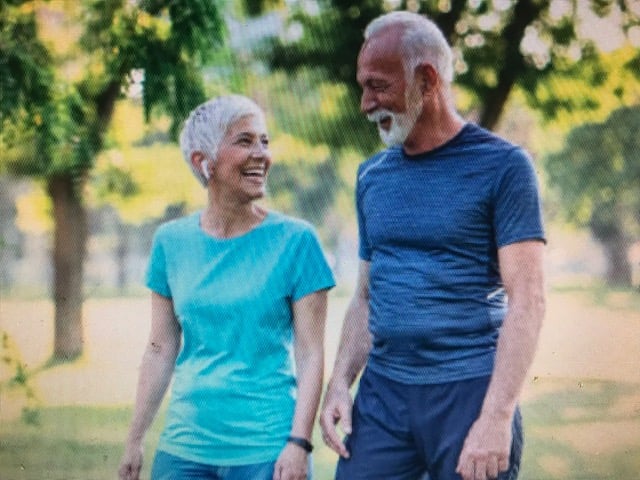

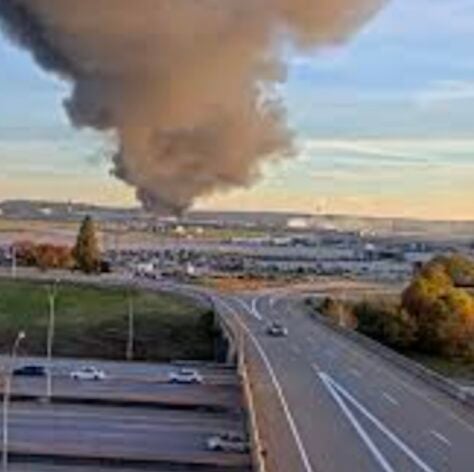



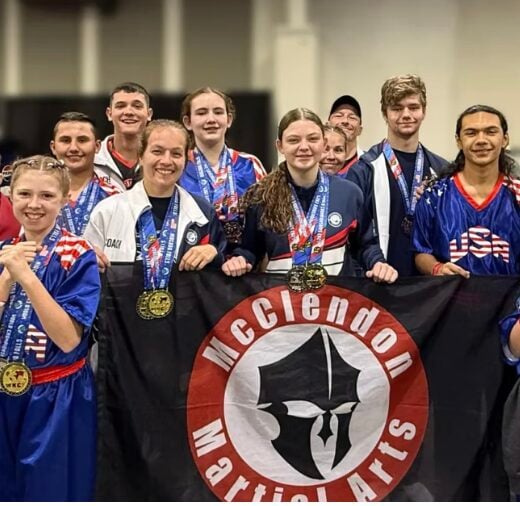
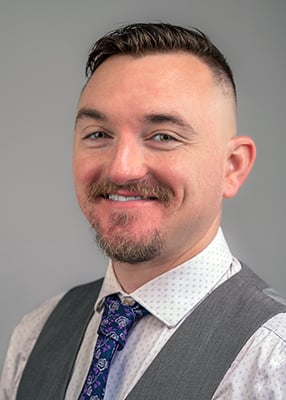
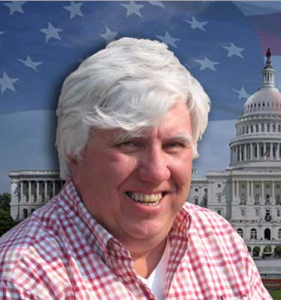
Back in the 60’s The Who sang “The Kids are Alright”. I think they are too. This coming from an old white guy and registered Republican. The Parkland kids have given me the most hope I’ve had in years that something can actually be done to address the school shooting problem. I’d start out by nominating them for the Nobel Peace Prize.